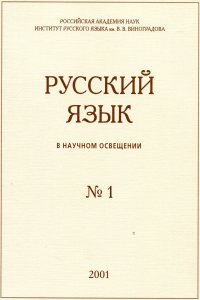On the grammatical semantics of the periphrastic constructions like imatь byti vs. khočetь byti in early East Slavic texts
Abstract:
The paper deals with the grammatical semantics of the periphrastic infinitival constructions with the verbs iměti vs. khotěti in Early Old Russian texts, first of all in the Povesť vremennykh let chronicle. For khotěti-constructions the interpretation as prospective forms suggested recently by A. Kozlov for the same Old Church Slavonic constructions is quite appropriate, but there is no need to postulate a special prospective meaning for prophetic contexts: this is a manifestation of the same internal prospective meaning, the impending situation is a result of an evolution of the agent’s internal characteristics. The meaning of imať-constructions may be considered as external necessity and closely related to it destiny, inevitability, developed from that of alienable possession; these constructions occur only in bookish Old Russian texts, but in the 12th century their meaning was still quite comprehensible. The choice of khočeť-/imať-constructions in the oldest Russian chronicle is always semantically motivated. It is also suggested that the Old Russian constructions imu + infinitive (from jati ‘take’) with the future sense which do not occur in 12th century chronicles but are used by 13th century sources, originally had ingressive, and not modal, meaning.


